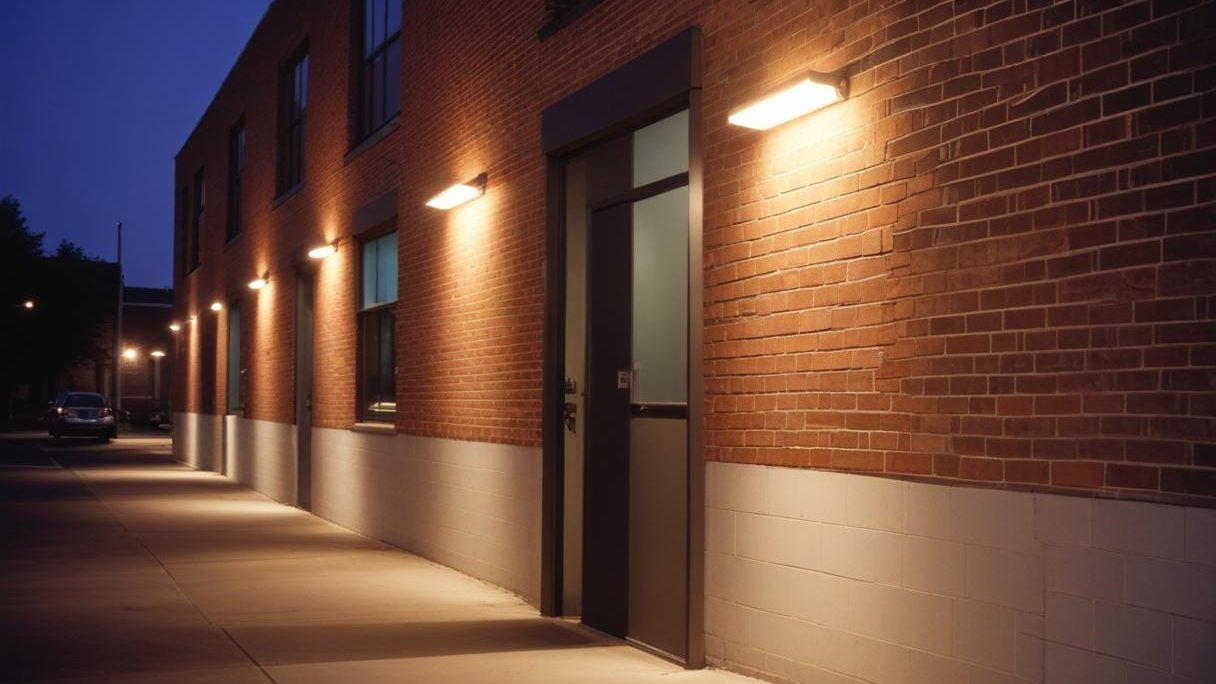Solar lights are a popular and eco-friendly solution for outdoor lighting. They harness solar energy during the day and illuminate your garden, walkway, or backyard at night. However, like any technology, they can sometimes encounter issues, particularly with their sensors. The sensor is a critical component that controls when the light turns on and off. If your solar light sensor is malfunctioning, it can render the entire system ineffective. This guide will walk you through the process of diagnosing and fixing common issues with solar light sensors.
Understanding Solar Light Sensors
Before diving into the troubleshooting and repair process, it’s essential to understand how solar light sensors work. These sensors, often phototransistors or photodiodes, detect the ambient light levels. During the day, they sense sufficient sunlight and keep the light off. As it gets dark, the decrease in light is detected, triggering the light to turn on.
Common Issues with Solar Light Sensors
Several problems can cause a solar light sensor to malfunction:
- Dirt and Debris: Accumulated dirt on the sensor can block light detection.
- Battery Problems: Dead or corroded batteries can affect sensor performance.
- Wiring Issues: Loose or damaged wires can disrupt the sensor's functionality.
- Faulty Sensor: The sensor itself might be defective.
- Environmental Factors: Extreme weather conditions can damage the sensor.
Step-by-Step Guide to Fixing a Solar Light Sensor
1. Clean the Sensor
One of the simplest fixes is to clean the sensor. Dirt, dust, and debris can accumulate on the sensor, obstructing its ability to detect light levels accurately.
-
Materials Needed:
- Soft cloth
- Mild detergent
- Water
-
Steps:
- Turn off the solar light and remove it from its position.
- Use a soft cloth dampened with a mixture of mild detergent and water to gently clean the sensor.
- Wipe away any soap residue with a clean, damp cloth.
- Allow the sensor to dry completely before reinstalling the light.
2. Check and Replace Batteries
The batteries in solar lights play a crucial role in their operation. If the batteries are old, corroded, or not charging properly, the sensor may not work correctly.
-
Materials Needed:
- New rechargeable batteries (ensure they are compatible with your solar light)
- Screwdriver (if needed to open the battery compartment)
-
Steps:
- Open the battery compartment using a screwdriver if necessary.
- Remove the old batteries and inspect them for any signs of corrosion or damage.
- If the batteries are corroded, clean the contacts with a mixture of baking soda and water. Use a cloth or small brush for this purpose.
- Insert the new batteries, ensuring they are correctly positioned.
- Close the battery compartment and test the light.

3. Inspect and Repair Wiring
Loose or damaged wires can cause intermittent problems with the sensor.
-
Materials Needed:
- Multimeter (to test electrical continuity)
- Electrical tape or wire connectors
- Screwdriver
-
Steps:
- Turn off the light and open the casing to access the internal wiring.
- Inspect the wires connected to the sensor for any visible signs of damage or disconnection.
- Use a multimeter to check for continuity in the wires. If there is no continuity, the wire may be broken.
- Reconnect any loose wires or replace damaged sections using wire connectors or electrical tape.
- Close the casing and test the light.
4. Replace the Sensor
If cleaning the sensor, replacing the batteries, and checking the wiring don’t resolve the issue, the sensor itself may be faulty and need replacement.
-
Materials Needed:
- Replacement sensor (compatible with your solar light model)
- Screwdriver
- Soldering iron and solder (if needed)
-
Steps:
- Purchase a replacement sensor that matches the specifications of your original sensor.
- Turn off the solar light and open the casing to access the sensor.
- Carefully remove the faulty sensor, noting the connections for the replacement process.
- If soldering is required, use a soldering iron to detach the old sensor and attach the new one.
- Reassemble the solar light, ensuring all connections are secure.
- Test the light to confirm the new sensor is functioning correctly.
5. Protect from Environmental Damage
Prevention is often the best cure. To extend the life of your solar light sensor, consider these protective measures:
- Use Weatherproof Covers: Install weatherproof covers or housings to shield the sensor and other components from rain, snow, and extreme temperatures.
- Regular Maintenance: Regularly clean and inspect your solar lights to prevent dirt buildup and catch potential issues early.
- Optimal Placement: Place your solar lights in locations where they receive adequate sunlight but are not exposed to extreme weather conditions.
Conclusion
Fixing a solar light sensor can be a straightforward task if you systematically diagnose and address the issues. By cleaning the sensor, replacing batteries, inspecting wiring, and, if necessary, replacing the sensor, you can restore your solar light to full functionality. Regular maintenance and protective measures can also help prolong the life of your solar lighting system. With these steps, you can ensure your outdoor spaces remain illuminated and inviting while harnessing the power of the sun.


































Leave a comment
This site is protected by hCaptcha and the hCaptcha Privacy Policy and Terms of Service apply.